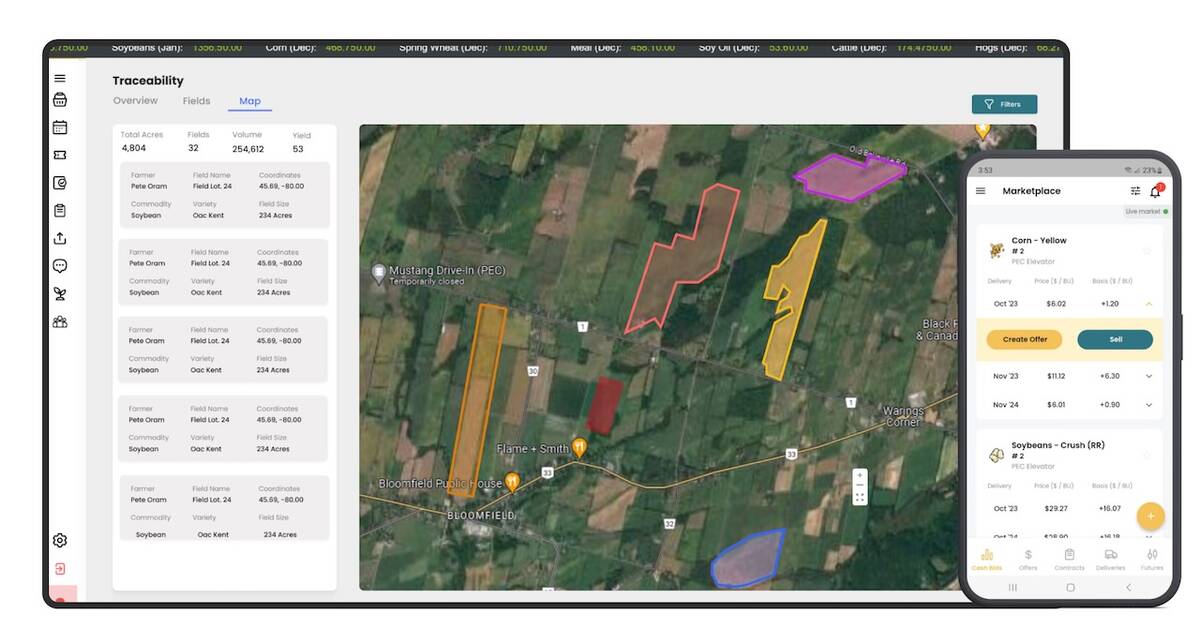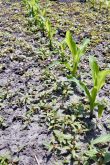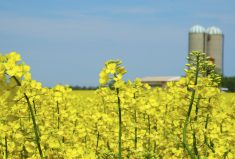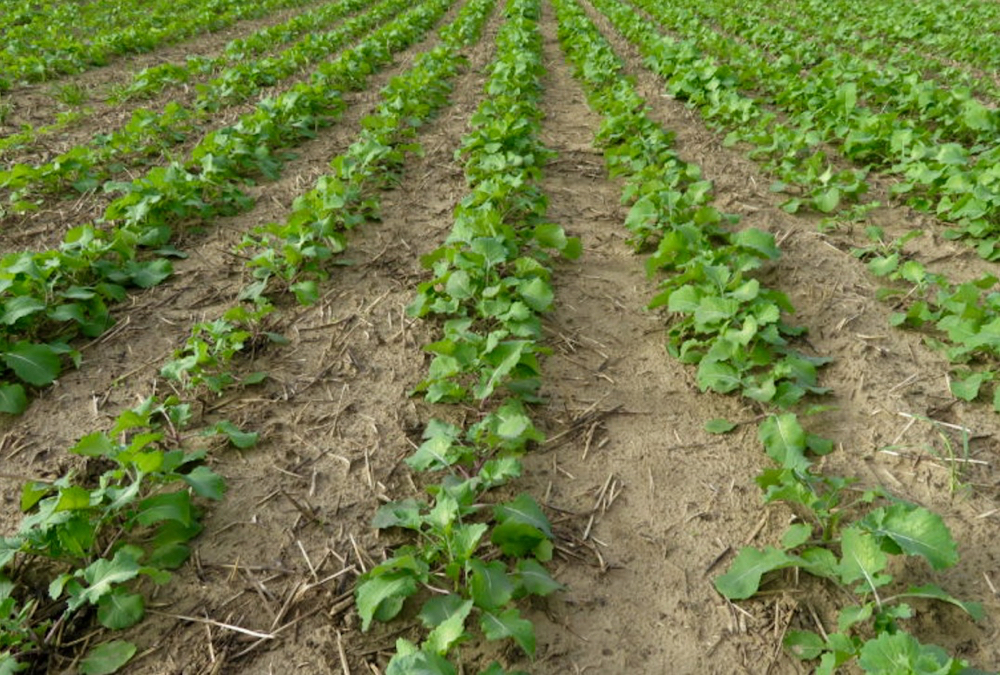“Overall, it’s been a good year for canola.”
That was a comment from Michael Smyth, senior industry specialist with Agricorp, during a Nov. 30 presentation at the industry meeting hosted by the Ontario Canola Growers Association.
Smyth’s comments reflected the optimism that carried through much of the 2023 growing season, which saw high demand, strong prices and increasing acres, particularly with winter canola.
Read Also

Ontario company Grain Discovery acquired by DTN
Grain Discovery, an Ontario comapny that creates software for the grain value chain, has been acquired by DTN.
Why it matters: Canola provides growers with one more option for their crop rotations.
The numbers presented by Smyth and provincial government canola specialist Meghan Moran were billed as “the highest insured acreage since 2012.”
Winter canola is a profitable cropping option for growers who are new to growing it, said Smyth.
Moran provided an extensive crop review, noting that spring canola acres particularly in the “near north” have had good planting conditions in the past four years, although 2021 did see some frost early in the season.
Issues with swede midge have receded with less significant yield losses. In fact, growers in places like Temiskaming have had good to very good yields for two years (see Table 1).
Table 1: Spring canola statistics
| Region | Acres | Yield (lb./ac) |
| Temiskaming District | 15,660 | 2830 |
| Nipissing District | 1990 | 2807 |
| Algoma, Cochrane, Manitoulin, Rainy River, Sudbury, Thunder Bay | 7370 | 2776 |
Clubroot has become a challenge to spring canola production and Moran said growers can learn more about the disease at www.clubroot.ca.
“You should also grow a resistant hybrid and scout every canola crop before you find yield loss,” she said, adding that managing weeds, particularly brassica species, and monitoring soil pH can have an impact.
“Get tested to confirm spores and if you find clubroot for patho-typing, try to get it matched to resistant hybrids.”
That work can be done through the University of Guelph. Although it’s not a commercial laboratory facility, it’s possible to have testing done as a part of a graduate student’s project.
“And insects are catching us off guard, so we need to continue to scout during bolting and early bloom,” said Moran.
“Cabbage seedpod weevil and diamondback moths were the two main pests, especially in the Nippissing region – not at damaging levels – but they’re something to watch for.”
Acres up
The surprise for Ontario canola production in 2023 came from the numbers for winter canola. Increased acreage and production eclipsed that of spring hybrids (see Table 2).
More than 10,000 acres were harvested and another 13,000 acres (11,000 of them insured) went into the ground last fall.
Table 2: Winter canola statistics
| Region | Acres | Yield (lb./ac) |
| Essex | 922 | 3566 |
| Chatham-Kent | 723 | 3643 |
| Haldimand, Hamilton, Lambton, Middlesex, Niagara, Norfolk, Perth | 1732 | 3389 |
| Bruce, Huron | 994 | 3601 |
In terms of challenges for winter canola production, seed shortage tops the list. With only one hybrid, Mercedes, seed companies are starting to test others.
“There’s been lots of interest,” said Moran. “It’s highly profitable and I’ve spoken to growers who were looking to plant 400 acres and 900 acres.”
Winter canola seeding hit a snag when rain caused delays in working cloddy seedbeds. Seeding rates were another topic on growers’ minds, and Moran cited rates of less than four pounds per acre, which translates to 225,000 to 300,000 seeds per acre.
Planting was also affected by unusually warm temperatures through October and plants were turning purple in early November.
“That’s a sign of stress, although it’s not a huge worry,” said Moran. “It may be cold stress or nitrogen deficiency, but as long as the plants are big enough to survive winter, they’ll be fine.”
Some fields saw losses to slugs where there wasn’t any residue.
Growers who are considering winter canola must also navigate herbicide restrictions. In terms of fitting it into the rotation, consider that if wheat isn’t profitable, it’ll be tougher to find a fit for canola.
As for harvesting the crop, growers should watch for staging and moisture issues, monitor combine settings and pay attention to losses, Moran advised.













